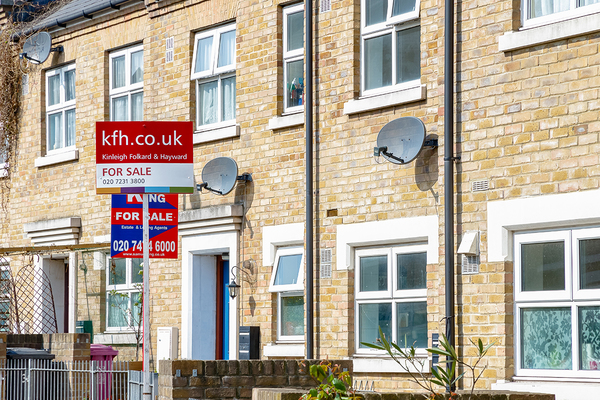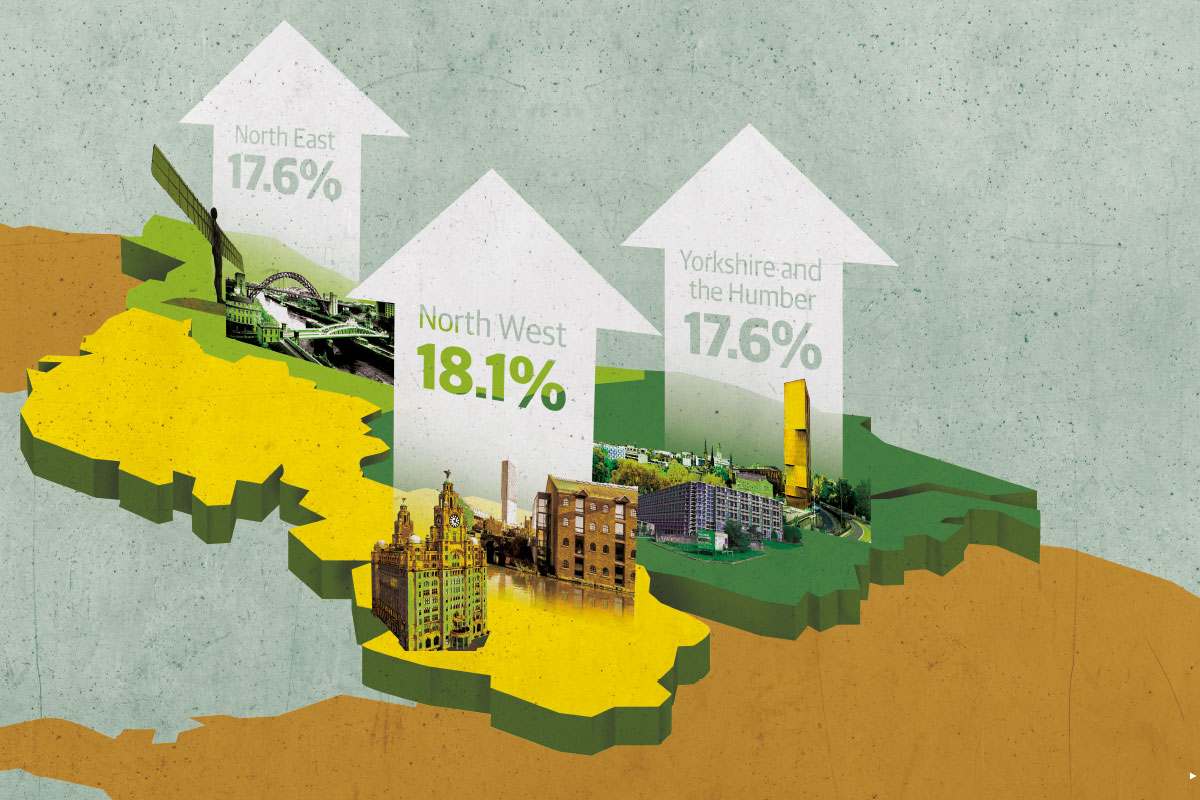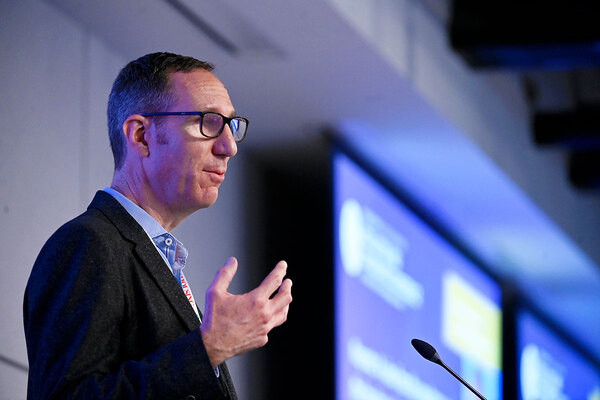You are viewing 1 of your 1 free articles

Jules Birch is an award-winning blogger who writes exclusive articles for Inside Housing
Housing markets around the world have seen house prices soar and affordability worsen
While we can view the housing crisis as a UK blight, similar trends are in evidence around the world and fiscal policy is to blame, writes Jules Birch
News that house prices are rising at their fastest rate since 2004 highlights both the perverse effects of the pandemic and long-term problems with affordability.
Average prices across the UK rose by 13.2% in the year to June, according to the official UK House Price Index, with Wales and the North of England leading the way.
While a low level of transactions suggests a need for some caution in interpretation, the same pattern of double-digit inflation has emerged in other house price surveys, led by regions outside London and the South East.
That confounds expectations at the start of the pandemic of recession and a declining market. The stamp duty holiday announced last summer looks like an expensive mistake that has just helped fuel house price inflation.
In normal circumstances, a bust might well follow the boom, but continued support for the market will come from the estimated £180bn in savings that households have built up during the pandemic. The wealth gap between housing haves and have-nots seems set to widen still further.
There is evidence of the same pattern emerging in housing markets around the world: annual house price growth across the 38 richest nations has more than doubled during the pandemic to hit 9.4%, according to the OECD.
In the United States, house prices in May were 16.6% higher than a year ago, the biggest increase in 30 years of data, according to the most respected national index.
All of that is feeding into escalating costs for renters, too: the national median rent is up 11.4% this year, according to one estimate, which is three times the rate over the past three years.
In the Netherlands, house prices are up by 14.6% in the last year, and tax changes have led to housing associations being forced to sell stock to private developers and face controversy over gentrification.
In Berlin, campaigners have forced a local referendum next month on a proposal to force the biggest publicly listed private landlords to sell their properties to the city government at a fair price.
There may be local factors at play in a city with a history of low-cost housing and regulated rents, but the fact that one of the main targets (Deutsche Wohnen) is a privatised housing association should give pause for thought to anyone considering the stock market here.
The international comparisons above come from an excellent series on global house prices the Financial Times has been running this month, with obvious relevance for what we can sometimes see as our own unique housing crisis.
However, the most interesting article for me is about how central bankers view rising house prices. The Bank of England and the rest have remits to keep inflation within targets set by their governments and to ensure financial stability when they make decisions about interest rates.
Booming house prices might pose an obvious risk to the second of these objectives, yet central bankers seem confident that this is not a systemic financial risk (we have, of course, heard that one before somewhere).
On the first, though, their concern focuses on the impact of rising house prices on inflation more generally. The measures they use in inflation targeting (like our Consumer Prices Index) do not include housing costs, but should they?
The consensus around the world’s statistical agencies is that a house is an asset and therefore the purchase should not be included in measures of consumption. Some include rents, but some do not reflect the cost of housing at all, let alone the cost of land, living space, location or any other ingredients that make up the price we pay for our homes.
The one exception is New Zealand. Earlier this year, it became the first country to require its central bank to include house price inflation in its deliberations about monetary policy.
As the FT’s Chris Giles explains, in theory that could mean interest rates should rise in response to significant increases in house prices, but that would pose risks to the wider economy and rising unemployment. In practice, the Reserve Bank of New Zealand has interpreted its remit more narrowly to mean that it should only intervene when house price rises are ‘unsustainable’.
What’s remarkable about this, and his conclusion that “governments and central banks will probably continue to fret about affordability – but with only limited ability to tackle it”, is what seems to be missing from the debate.
There are reasons for rising house prices. These include the way different national housing and planning systems are run, structural factors to do with rising household wealth and maturing housing markets, and changes in the global financial system. But what advanced nations have in common, is the way they run their monetary policies.
Interest rates fell around the world after governments adopted inflation targeting and central bank independence (in 1997 in the UK, earlier than in New Zealand). That meant mortgage rates fell, fuelling house price inflation and the boom of the early 2000s.
Rates were cut even further to record lows after the global financial crisis, and there were successive rounds of quantitative easing.
The effect was not just to underpin house prices, but to fuel further rises. At the same time, returns for savers fell to next to nothing, encouraging a wave of investment in assets, including housing.
With interest rates cut again after the pandemic, it’s little wonder that housing markets around the world are experiencing a wave of rising prices and growing international investment accompanied by worsening affordability and rising homelessness.
Jules Birch, columnist, Inside Housing











